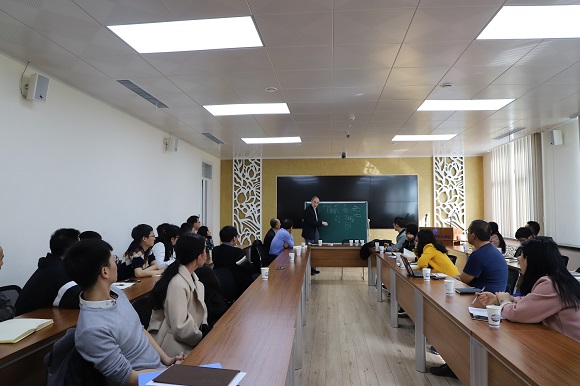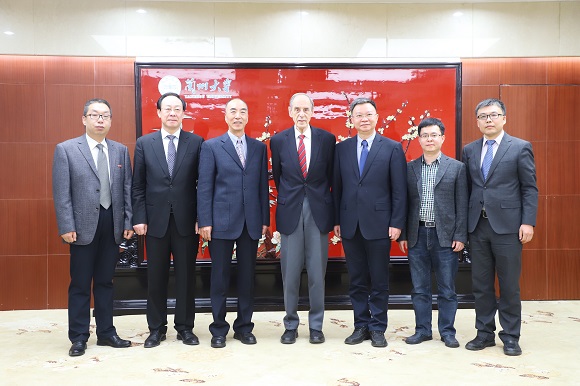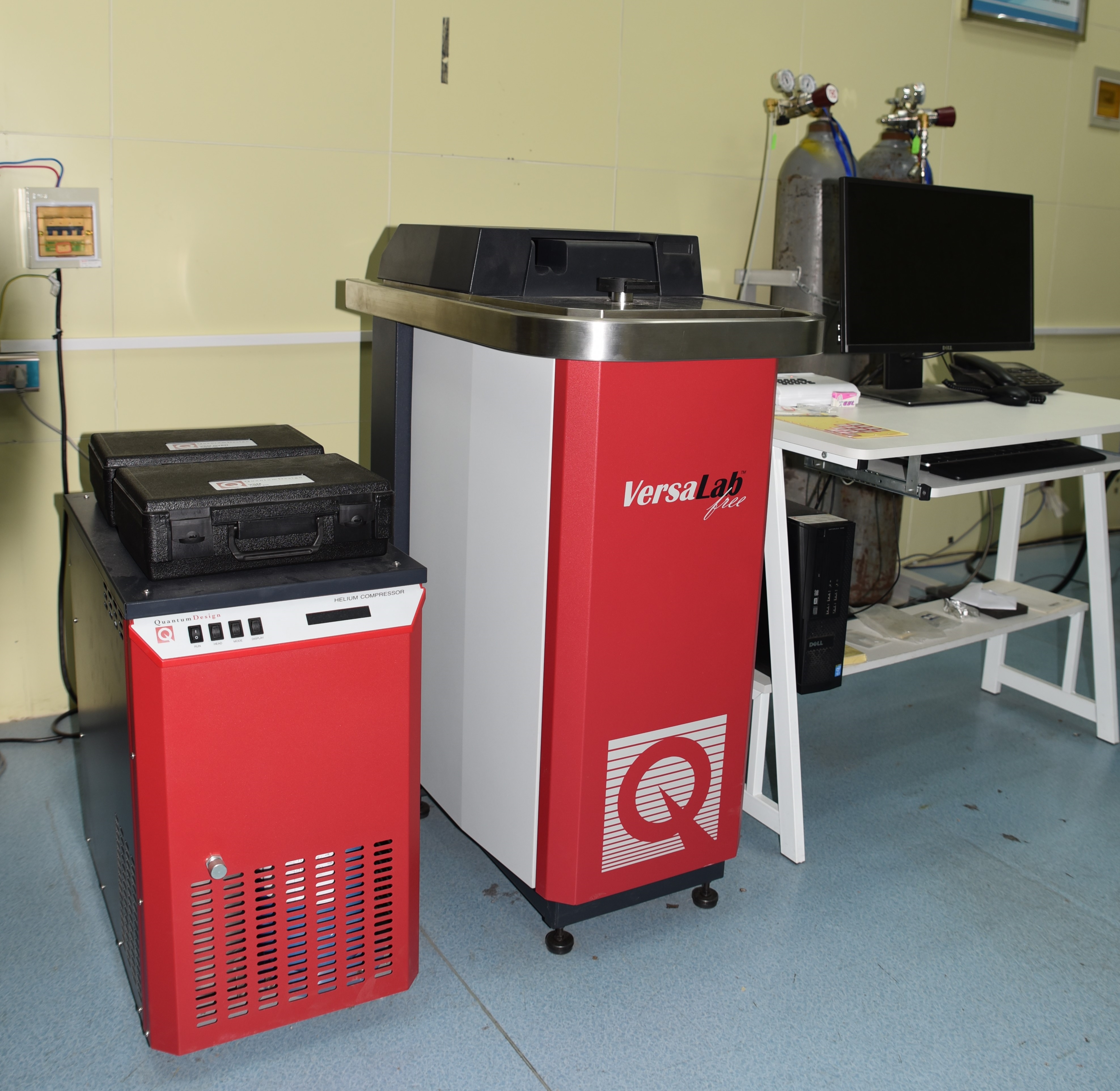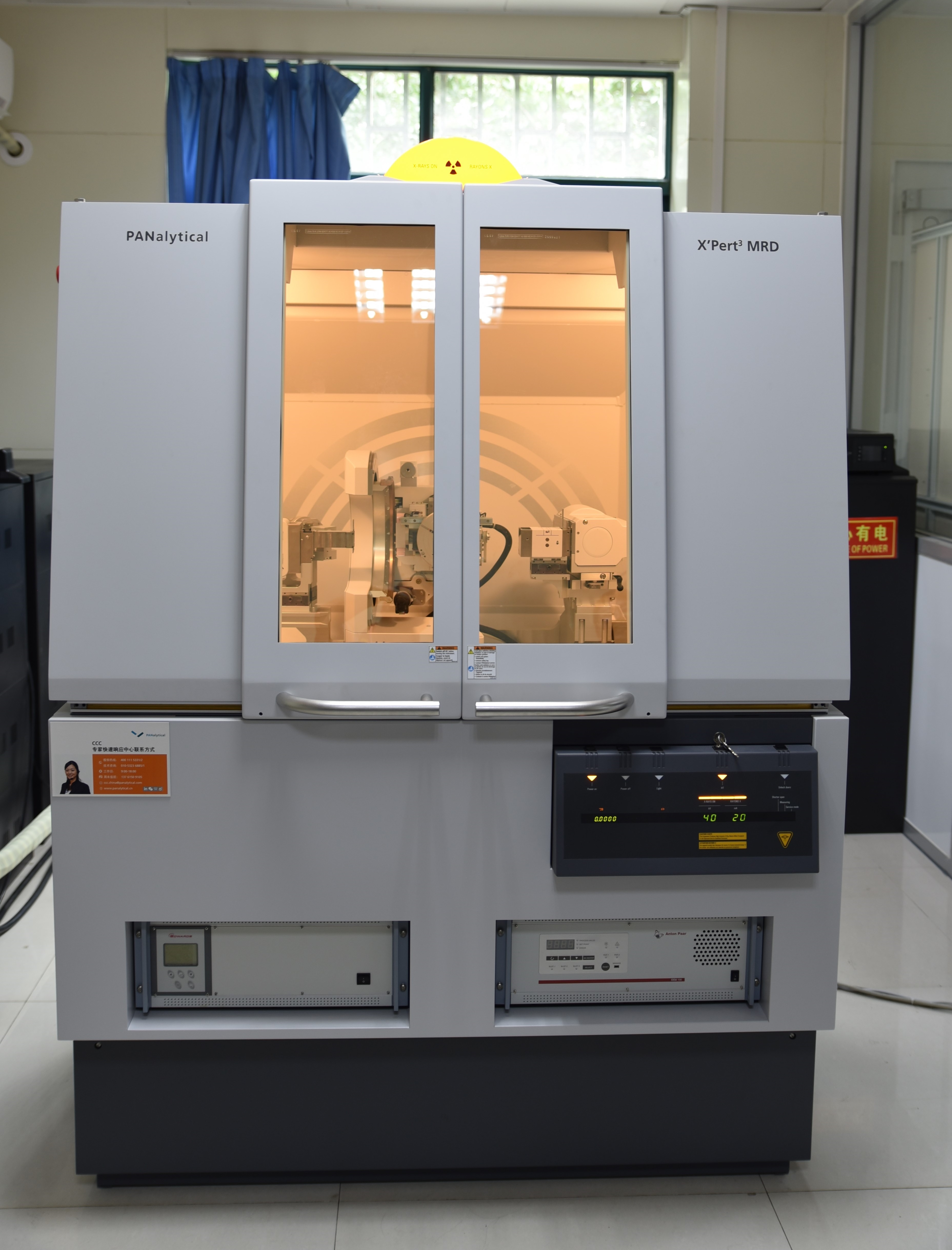From March13 to 17, 2019, Professor Herbert Gleiter visited Lanzhou University on the invitation of Professor Jiangong Li, the director of Institute of Materials Science & Engineering. Prof. H. Gleiter is professor, founding director, and the senior fellow of the Institute of Nanotechnology, Karlsruhe Institute of Technology, Germany. He discussed with Prof. Jiangong Li about the cooperation plan in nanoglass research.

On March 14, 2019, Professor Herbert Gleiter met the faculty members and students of School of Physical Sciences and Technology and had a discussion with them. Prof. H. Gleiter has long been engaged in the research of grain boundaries and interfaces in metal. In 1981, he creatively proposed the basic idea of nanocrystalline materials and conducted a series of pioneering research. In 1989, he creatively put forward the idea of a new type of non-crystalline material—nanoglass as well and initially studied the structure and performance of nanoglass systemically. His thoughts and research results of nanocrystalline materials and nanoglasses extended the knowledge of materials science, promoted the development and progress of materials science.Under his inluences, the research of nanomaterials rose over the world, which triggered and promoted the formation and development of nanoscience and nanotechnology. Over the years, Prof. H. Gleiter obtained many high-level research achievements in the study of grain boundary and nanomaterials. In the discussion, Prof. H. Gleiter firstly discussed with Prof. Honggang Luo, the Dean of the School of Physical Sciences and Technology, about the concepts of nanoglasses, then discussed the structure and properties of nanoglasses, grain boundaries and interfaces of the materials, and the preparation and fracture toughness of nanocrystalline ceramics and nanoglasses in depth with the faculty and students. Prof. H. Gleiter especially provided precious advice for these scientific problems. The discussion took nearly three hours and energetic and friendly. Prof. H. Gleiter finally left a motto for the School of Physical Sciences and Technology: In memory of a stimulating visit to Lanzhou University as well as to old friends of mine.


On Mar. 15, at 16:00, Prof. H. Gleiter gave a lecture entitled “Nanoglasses: A Way to an Unexplored World of New Non-Crystalline Materials with New Structures and New Technological Applications” in the lecture hall of Shawn Building. The lecture mainly focused on the concept, atomic structure, and research prospect of nanoglasses with the brand-new structure and performance. Nanoglasses are a new kind of glasses that exhibit a microstructure consisting of nanometer-sized glassy regions connected by glass/glass interfaces with an enhanced free volume (relative to the free volume in the glassy regions). The nanoglasses show new properties like good toughness, ferromagnetism, biocompatibility, and catalysis because of the different microstructure compared with the conventional glass. Besides, nanoglasses open the way to a new-type alloy system; the elements which are not soluble at crystalline state may be soluble and be alloyed in nanoglasses. This kind of new alloys may have unexplored new properties. The performance of nanoglasses also can be tuned and controlled by changing the size or chemical components in the glass region. Prof. H. Gleiter pointed out that the wide potential applications of nanoglasses will become a reality if nanoglasses could be produced efficiently and economically. Nanoglasses open the perspective that a new age of technologies - a “glass age”- may be initiated by utilizing the new properties of nano-glasses.The nanoglasses with the brand new structure and new performance may indicate a new technology era – “glass era”. In the second half of the report, Prof. H. Gleiter answered questions asked by teachers and students, and conducted interaction with the audience in a cordial and friendly atmosphere. The conversazione is ended in warm applause.


